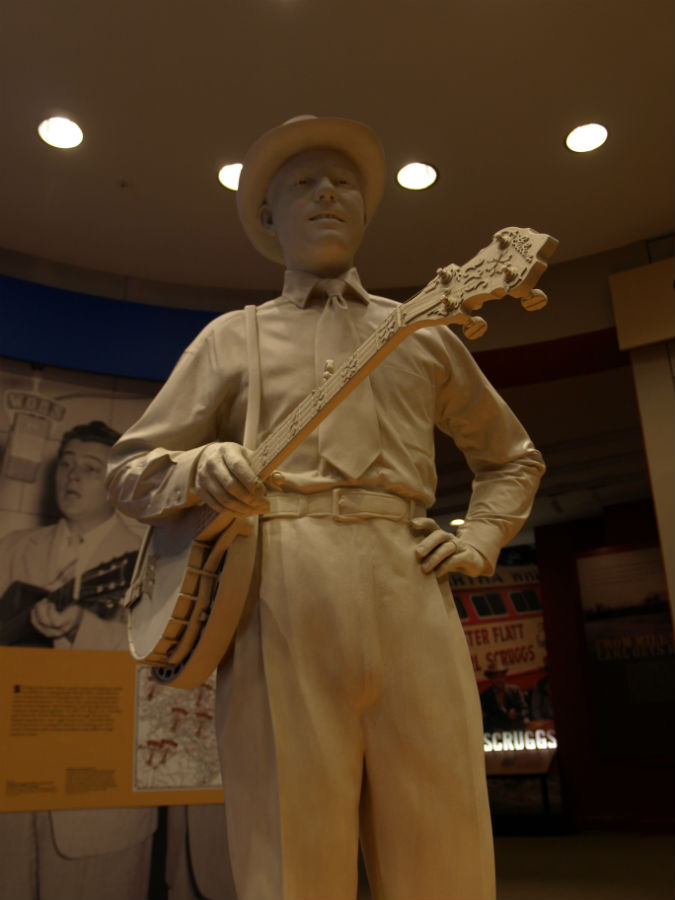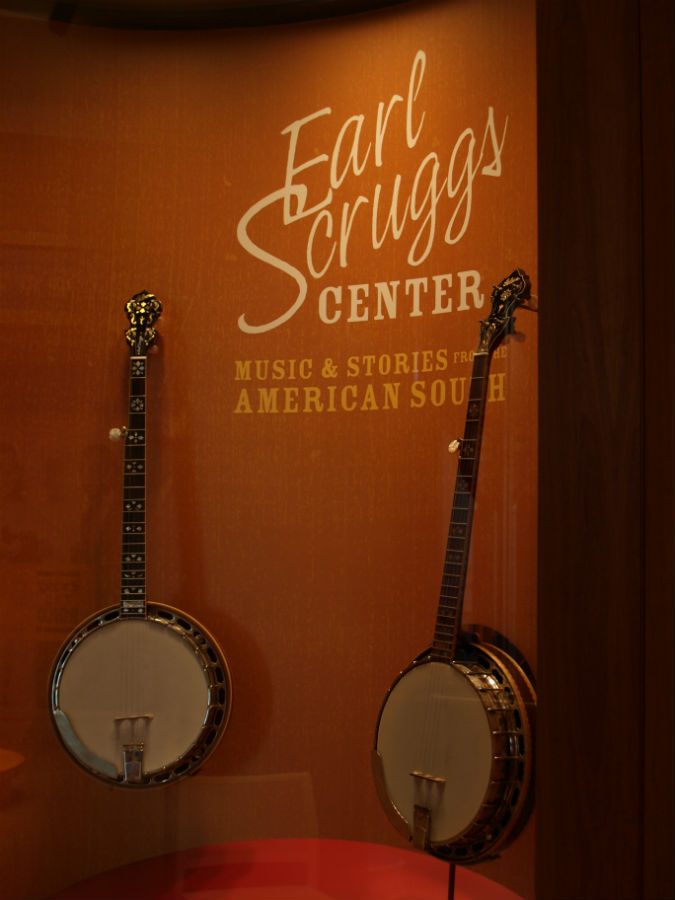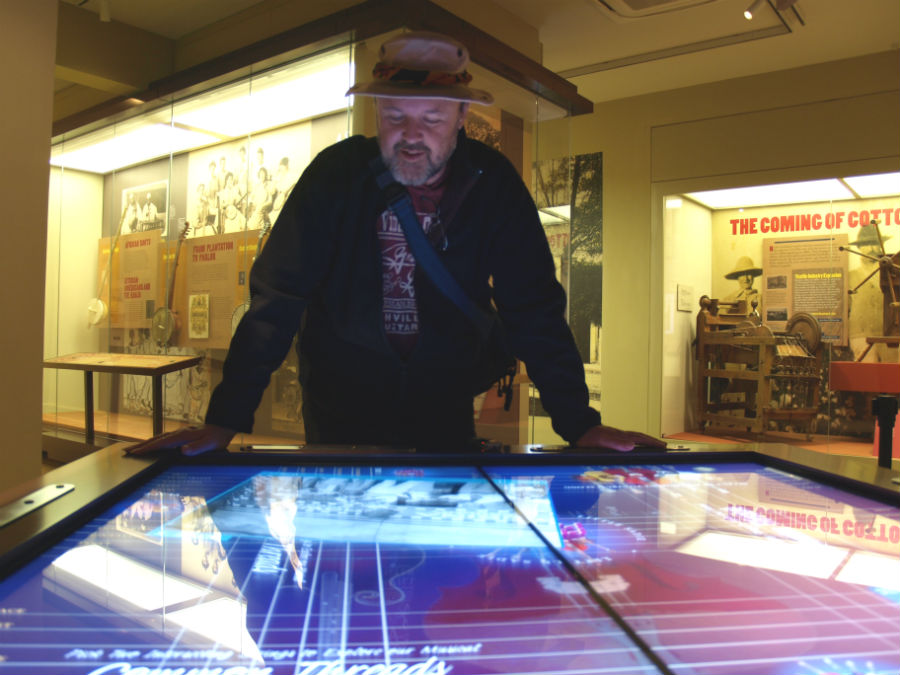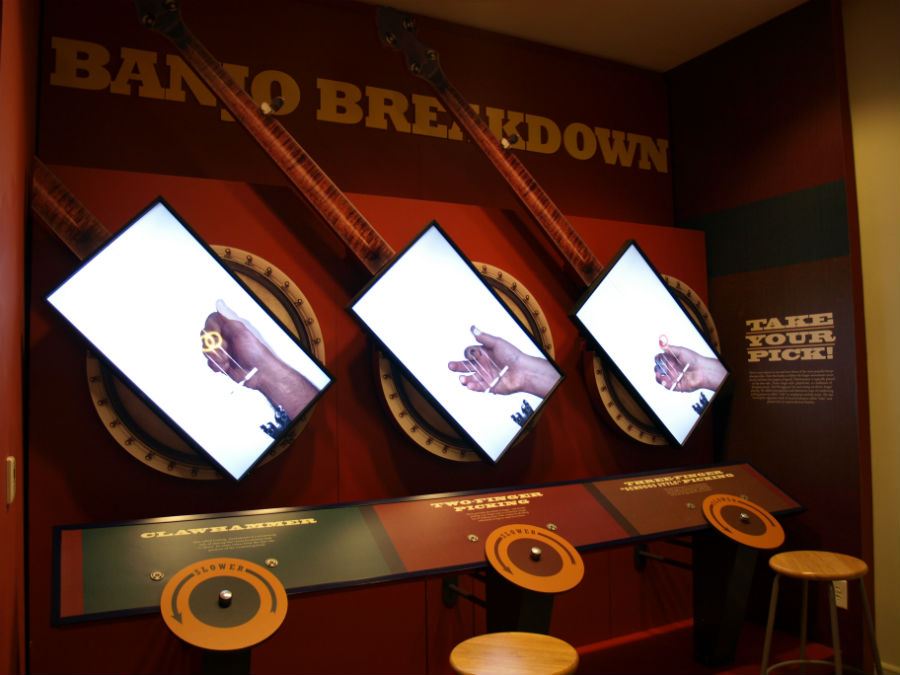The banjo warrants a lot more respect than it generally gets. The place to learn this – if you doubt us – is the Earl Scruggs Center in Shelby, North Carolina. The instrument came to America in the holds of slave ships: like many other imports, it was taken up and embraced by the Irish/Scots settlers and remade into a distinctly American phenomenon. And of the many who have picked out a song there is no one with the stature of homeboy Earl Scruggs (1924-2012). This hardscrabble son of a sharecropper did for the banjo what Jimi Hendrix did for the electric guitar: he showed everyone what was possible.
Shelby is at the hub of the Blue Ridge Music Trails of North Carolina, which wind through the foothills of the state. This region produced more than its share of country, bluegrass, old-time and gospel music – and the fusing of these styles gave rise to a uniquely American sound and sensibility. Performed at the level of execution that Scruggs and someone like comedian Steve Martin achieve, it is nothing short of breathtaking to listen to. If your first impression of Earl Scruggs calls to mind the theme music of the Beverly Hillbillies, well, okay. Flatt and Scruggs have impressed themselves into popular music and culture forever.
But the three-finger rolling style that Scruggs innovated — “ten notes per second with a melody in the middle of it” — transformed that instrument and launched, with Bill Monroe, a style that finds a massive worldwide audience and paved the way for next generation innovators like Béla Fleck, the jazz banjo virtuoso.
The Earl Scruggs Center does justice to his music and history. Centred in downtown Shelby, it is a state of the art exhibition – complete with a banjo petting zoo – that brings you into Scruggs’ life, his art and his politics.
Your first encounter is with the instruments of his childhood, behind glass, where you see his fathers’ guitar and violin. Music, you discern, was their only form of entertainment growing up in the hill country around Shelby.
The Center tells this story in multiple interactive ways. You can strum an electronic banjo or guitar at a large interactive digital video table where you can also isolate individual tracks to hear them out of context from the music. You can review the history of early bluegrass – from the union of Bill Monroe and Earl Scruggs – and then trace the history of Earl through his opposition to the Vietnam War and his fusion of his cherished bluegrass with the rock music of his sons, in the Earl Scruggs Review, in the early 1970s. It’s fascinating and sobering and you come away with a whole new respect for the man and the music.
The coolest thing about Scruggs was that he carried the music he loved all his life into every change that came through his life – “chasing the light,” as he described it, never letting his fingers rest until he picked his last roll.
ALSO IN THE AREA:
- The Don Gibson Theater is an intimate (400 seats), soft-seat concert and film venue. Don Gibson is best known for his country hit, I Can’t Stop Loving You, which has been recorded by more than 700 artists.
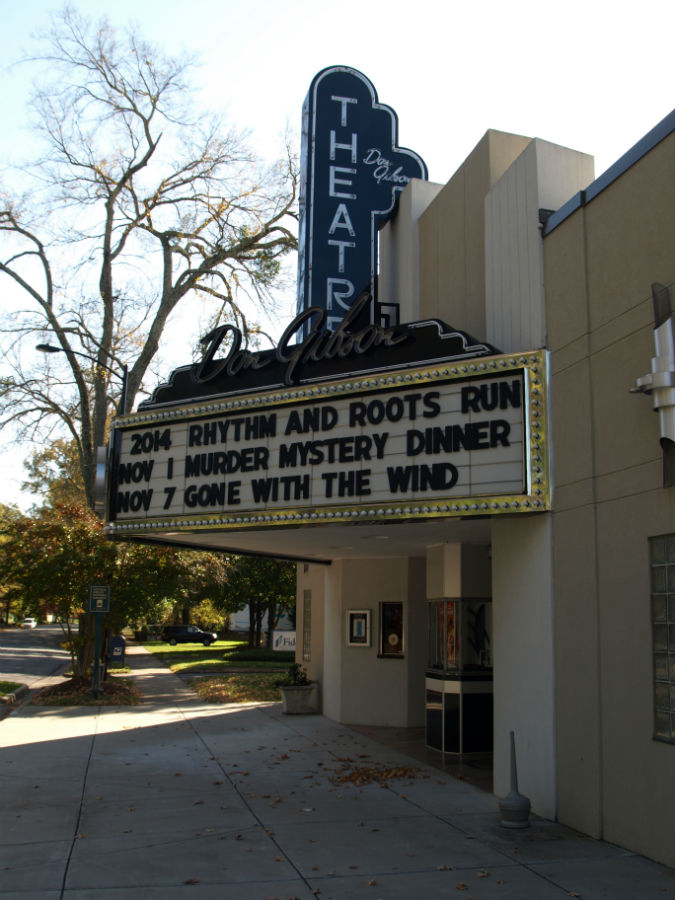
- The local Alston Bridges BBQ serves pulled pork with a vinegar-based sauce (true North Carolina style), hushpuppies and their signature red slaw (ketchup is the secret addition).

